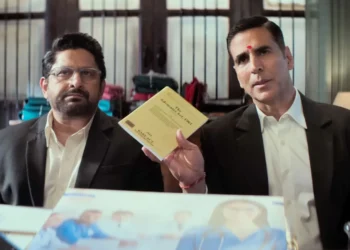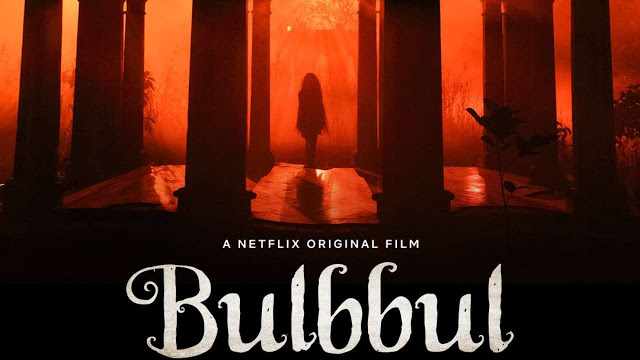Netflix’s latest Hindi release Baramulla is much more than a standard thriller—it’s a layered, atmospheric narrative that intertwines Kashmiri heritage, supernatural elements, and a deeply personal exploration of loss and faith. Conceived by Aditya Dhar and directed by Aditya Suhas Jambhale, the film uses the ethereal beauty of Kashmir as both a setting and a haunting character in itself.
Story
The film opens with a symbolic visual of a fragile Baramulla flower blooming amid dense valley fog—subtle imagery hinting at tales of resilience and forgotten histories. The tranquility quickly gives way to tension as a police investigation begins into the sudden disappearance of Shoaib Ansari, son of a local MLA.
DSP Ridwaan Sayyed (Manav Kaul) takes on the case, unaware that his search will lead to disturbing revelations about a covert operation tied to the elusive ‘Bhaijaan.’ As more children vanish, leaving only strands of hair, the narrative evolves from a crime mystery into an unsettling fusion of myth and horror. The screenplay cleverly draws from Kashmiri folklore, blending it with contemporary investigative storytelling, keeping the audience engaged until the final frame.
Performances
Manav Kaul delivers a tour-de-force performance, capturing both the vulnerability of a father and the relentless drive of a man hunting for truth. His portrayal carries emotional gravity, making his descent into paranoia compelling and believable.
Bhasha Sumbli shines as his conflicted wife, torn between religious faith and the harsh reality surrounding her. Arista Mehta (Noorie) is a standout, bringing innocence and warmth that contrasts with the film’s dark undertones. Nazneen Madan and Kiara Khanna also leave a lasting impression, with performances that resonate beyond the screen.
Behind the Scenes
Director Aditya Suhas Jambhale, fresh from Article 370, crafts a world where silence is as potent as the spoken word. His command over pacing and tension is evident—especially in the finale—where technical precision meets emotional depth.
The cinematography captures Kashmir in dual tones: serene landscapes tinged with an eerie chill, and seamless transitions between past and present using fluid camera movements. Sound design is a highlight, with creaks, whispers, and footsteps amplifying the suspense. The background score deepens the sense of dread without overwhelming the narrative, while authentic local dialect in dialogue adds cultural credibility.
Although the first half moves at a measured pace, the second half picks up momentum, weaving together narrative threads for a satisfying and impactful conclusion.
Final Verdict
Baramulla stands apart from conventional horror with its delicate balance of realism, folklore, and supernatural intrigue. It’s not just a thriller—it’s a poignant homage to the Kashmiri Pandit community, capturing themes of displacement, belief, and the lingering shadows of conflict.
For those who appreciate atmospheric storytelling and layered mysteries, Baramulla is absolutely worth your time. From its meticulous world-building to its heartfelt performances, this film is a testament to how genre cinema can be both entertaining and deeply meaningful.























